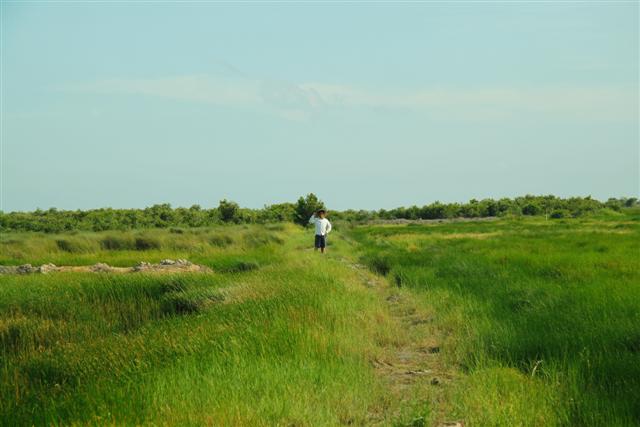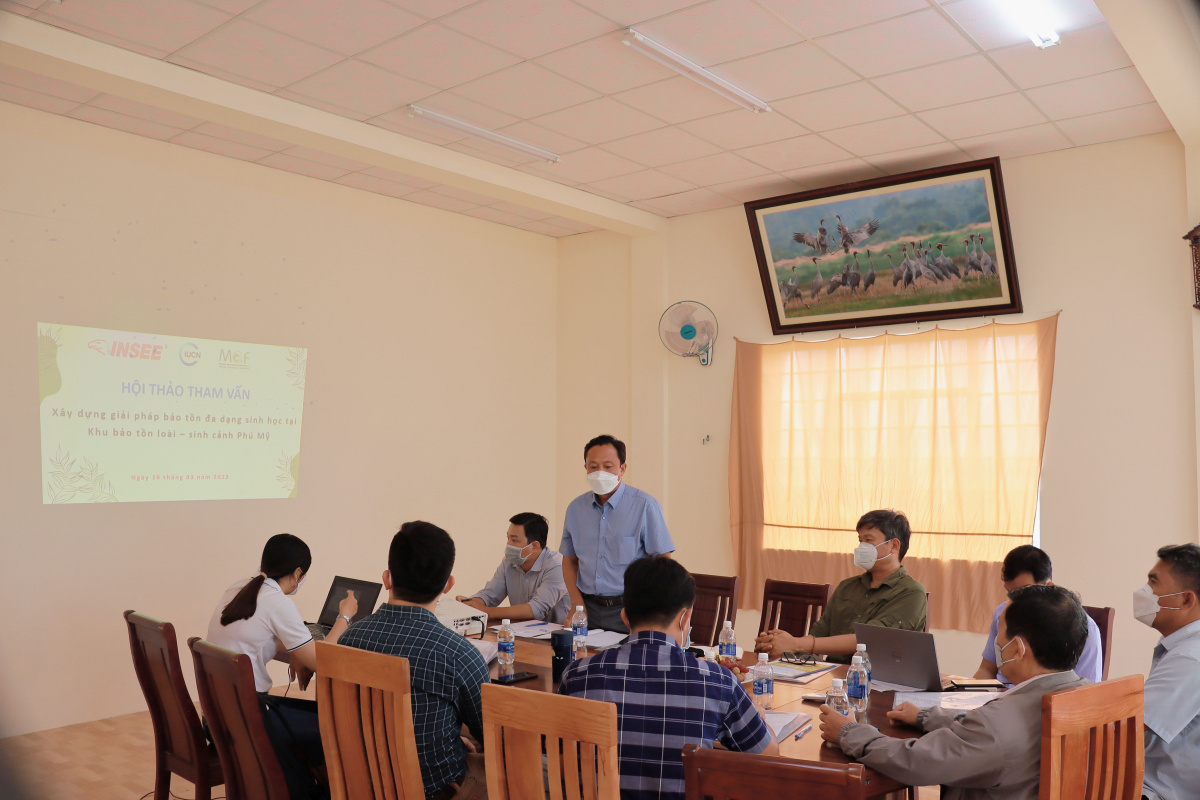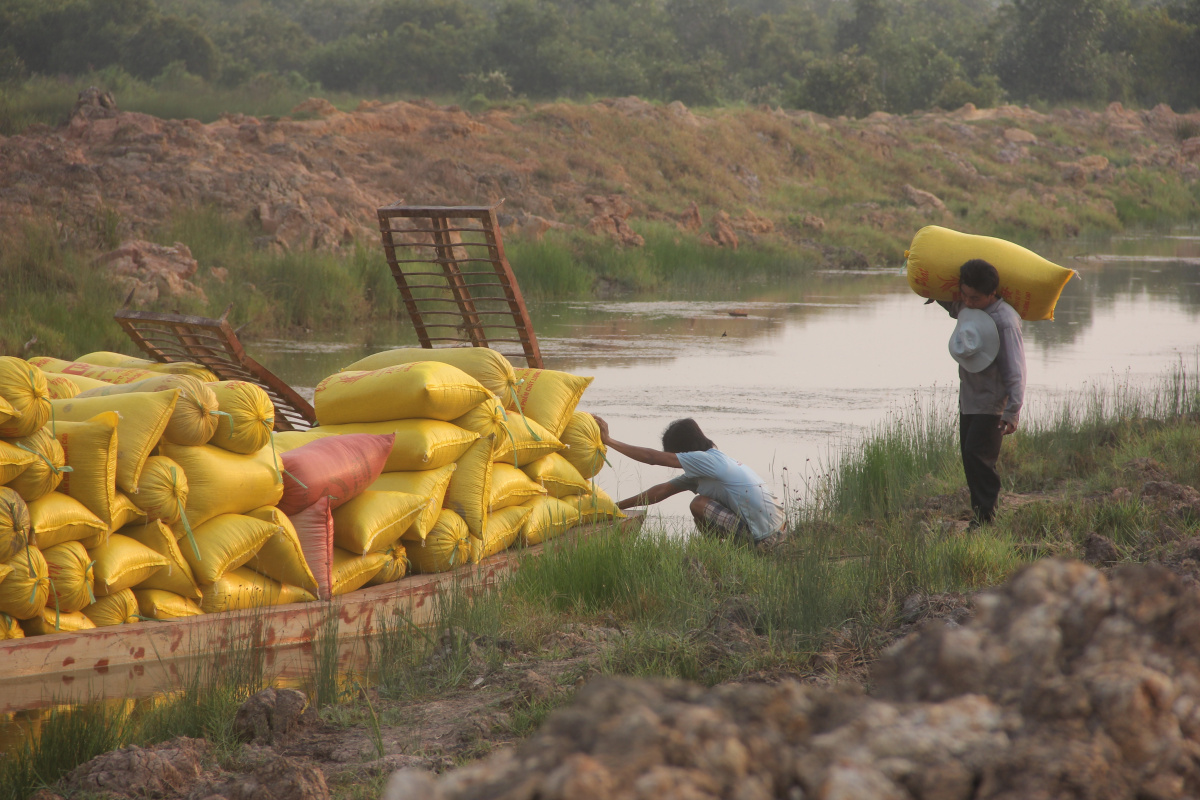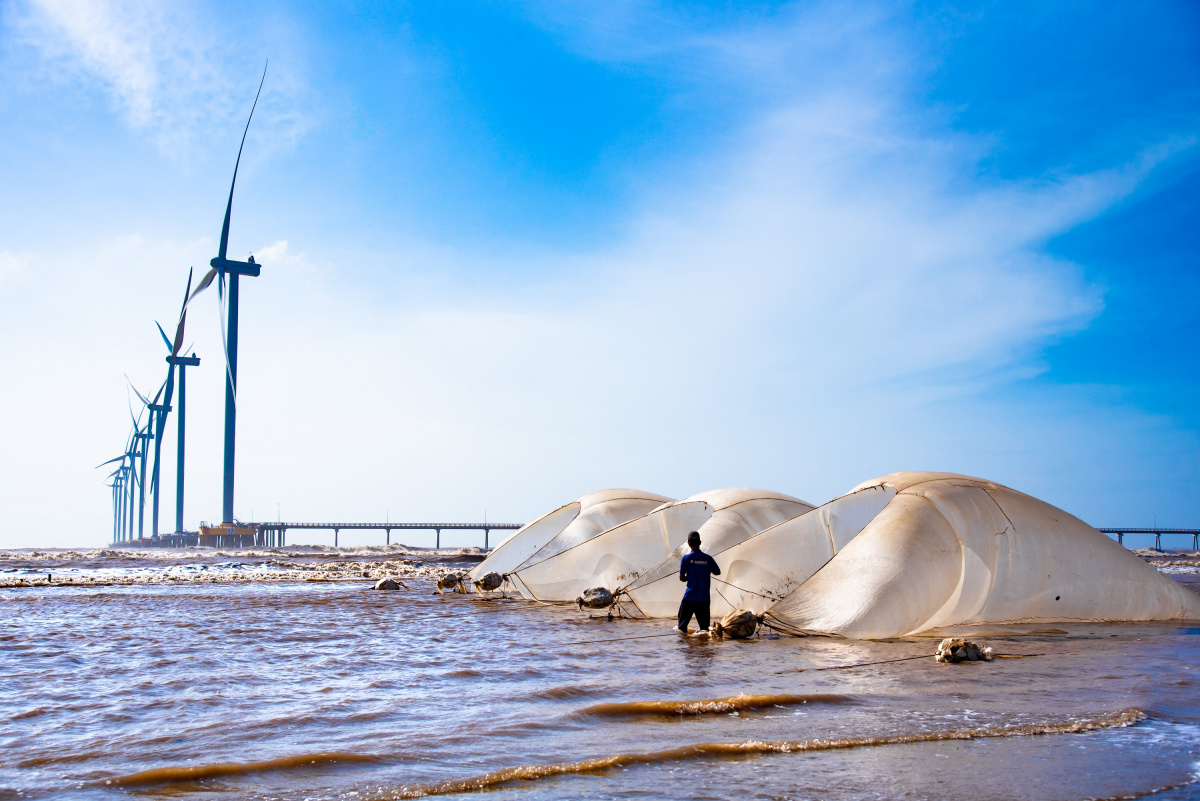Proposing conservation measures in Phu My Habitat and Species Conservation area
On 16 March 2022, as a part of its partnership with cement company INSEE, IUCN and Can Tho University (CTU) organised a conservation capacity building workshop in collaboration with the 1,000-hectare Phu My Habitat and Species Conservation Area.
CTU presented the results of a recent biodiversity assessment including threats to the grassland and management solutions.
The assessment showed that biodiversity had declined precipitously: the number of Sarus crane fell from 152 in 2009 to 35 in 2021. The number of native fish and area of Lepironia grassland have also declined.
Several conservation measures were proposed.
First, conserve the existing Lepironia grassland to attract cranes, which migrate seasonally from elsewhere to feed on Eleocharis plants.
Second, restoring about 100 hectares where cranes feed and maintain a water depth of 20-30 cm to attract cranes and other native species.
Third, develop the area’s ecotourism potential with assistance from wetland ecologists. This includes the development of bags, mats, and other handicrafts made by local villagers from the Lepironia grass.
Fourth, build a dike to prevent any further paddy encroachment and allow for recovery of the natural grassland and visiting crane population. As part of the dike, sluice gates can be used to control water levels to accelerate ecological recovery.
With INSEE support, IUCN will continue to work with all stakeholders to stop and eventually reverse biodiversity loss in Phu My. If successful, this could serve as a biodiversity offset for the wetland within INSEE’s plant in nearby Hon Chong, which has been dug up for the clay needed for cement production.






